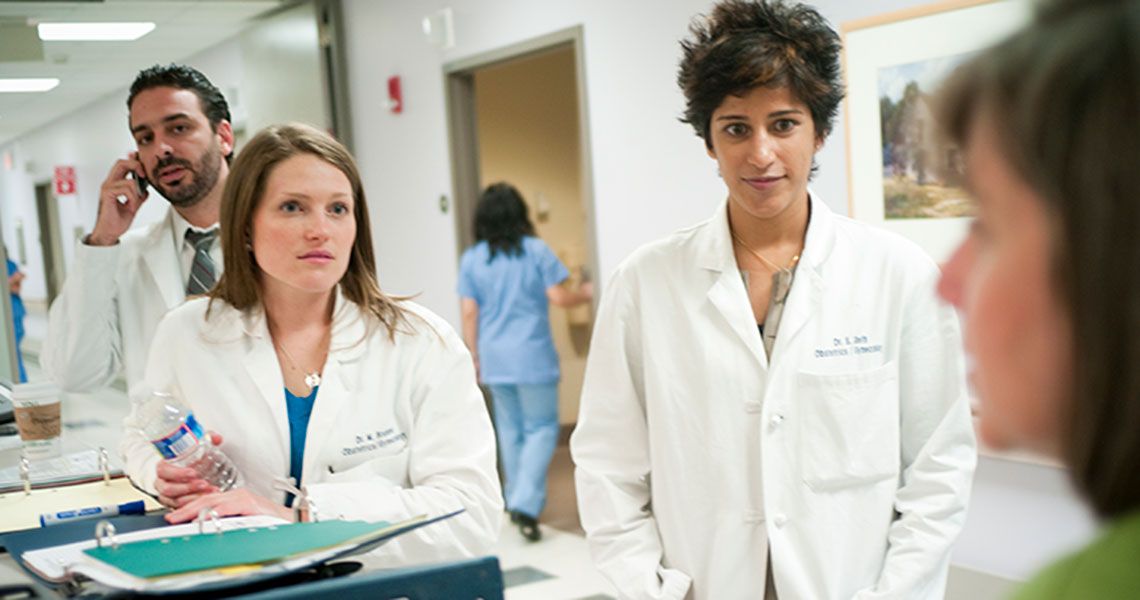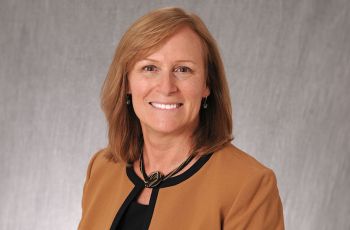For Mortada Shams, M.D., a third-year internal medicine resident at the GW School of Medicine and Health Sciences (SMHS), a patient with chronic granulomatous disease, a genetic disorder in children in which certain immune system cells are unable to kill certain types of bacteria and fungi, was a condition he never thought he would see in his medical career. One form of treatment for this disease, explained Shams, is a bone marrow transplant. “You are basically destroying a person’s immune system to rebuild it, which is extremely scary,” he added.
Shams’s experience was made possible by a five-year $870,000 training grant that the National Institutes of Health (NIH) National Institute of Allergy and Infectious Diseases (NIAID) awarded to the SMHS Graduate Medical Education program enabling three internal medicine residents to rotate per month at the facility in Bethesda, Maryland.
“We are exposed to a pediatric level of medicine that we won’t see anywhere else,” Shams said, describing his rotation at the NIH. The experience was both terrifying and gratifying for him. “We are significantly impacting the well-being of these children’s lives going forward, while working on the cutting-edge of medicine,” added Shams, who will serve as chief resident at INOVA Fairfax Hospital next year.
“The NIH rotation gives our residents an unparalleled opportunity to see and learn from patients who have extremely rare infections and immune deficiencies,” said Jillian Catalanotti, M.D., M.P.H., assistant professor of medicine and of health policy and director of the internal medicine residency program at SMHS. “They also treat a wide range of patients, both pediatric and adult, and learn from world-renowned physician-scientists.”
The residents work some of the most well-known clinicians, immunologists, and researchers in the country, including Anthony Fauci, M.D., director of the NIAID.
“It’s nice to work with someone who is so down to earth at that echelon of medicine,” said Shams, recalling his interactions with Fauci.
The biggest advantage of rotating through the NIH, explained Catalanotti, “is getting to see diagnoses that we learn about during our second year of medical school and file away in the category of ‘this is so rare I will never see it.’ Our residents actually get to see and treat patients with these extremely rare illnesses first-hand!”
Though the rotation is clinically based, residents do have both the opportunity to network and forge professional relationships with the faculty who are conducting research at the NIH and the possibility of contributing to their research projects.
“This is a unique experience residents can’t have anywhere else,” said Catalanotti.



